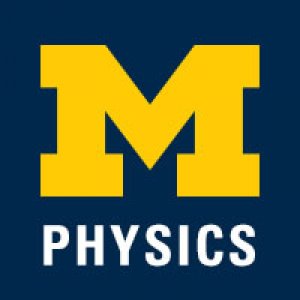Presented By: Interdisciplinary QC/CM Seminars
CM Theory Seminar | Programmable Matter: Using 3D Printed Elastic Instabilities to Direct Shape Transformation
Elisabetta Matsumoto (School of Physics, Georgia Institute of Technology)

3D printed programmable matter has the potential to revolutionize manufacturing in fields ranging from organs-on-a-chip to architecture to soft robotics. By expanding the pallet of 3D printable materials to include the use stimuli responsive inks, this nascent 3D printing technique promises precise control over patterned shape transformations. With the goal of creating a new manufacturing technique, we have recently introduced a biomimetic printing platform that enables the direct control of local anisotropy into both the elastic moduli and the swelling response of the ink.
We have drawn inspiration from nastic plant movements to design a phytomimetic ink and printing process that enables patterned dynamic shape change upon exposure to water, and possibly other external stimuli. Our novel fiber-reinforced hydrogel ink enables local control over anisotropies not only in the elastic moduli, but more importantly in the swelling. Upon hydration, the hydrogel changes shape according the arbitrarily complex microstructure imparted during the printing process.
To use this process as a design tool, we must solve the inverse problem of prescribing the pattern of anisotropies required to generate a given curved target structure. We show how to do this by constructing a theory of anisotropic plates and shells that can respond to local metric changes induced by anisotropic swelling. A series of experiments corroborate our model by producing a range of target shapes inspired by the morphological diversity of flower petals.
We have drawn inspiration from nastic plant movements to design a phytomimetic ink and printing process that enables patterned dynamic shape change upon exposure to water, and possibly other external stimuli. Our novel fiber-reinforced hydrogel ink enables local control over anisotropies not only in the elastic moduli, but more importantly in the swelling. Upon hydration, the hydrogel changes shape according the arbitrarily complex microstructure imparted during the printing process.
To use this process as a design tool, we must solve the inverse problem of prescribing the pattern of anisotropies required to generate a given curved target structure. We show how to do this by constructing a theory of anisotropic plates and shells that can respond to local metric changes induced by anisotropic swelling. A series of experiments corroborate our model by producing a range of target shapes inspired by the morphological diversity of flower petals.